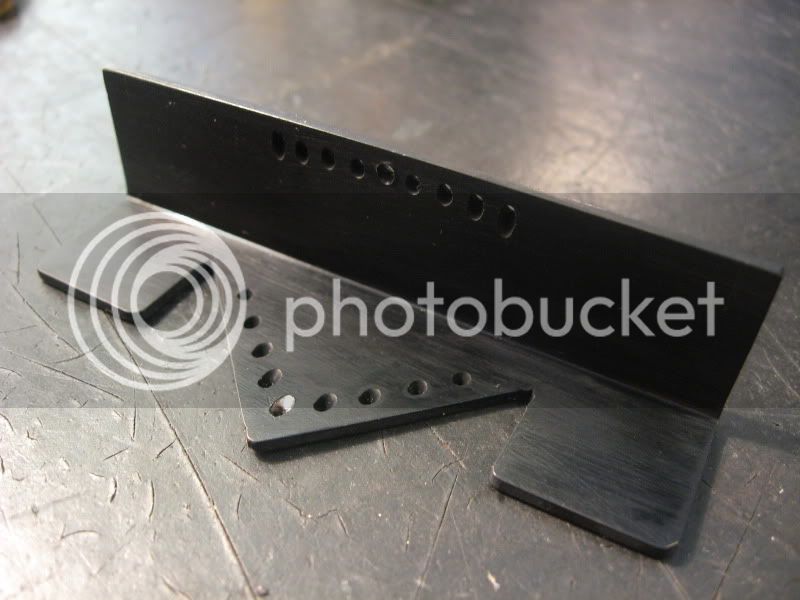So, I tried again, with a different alloy.
This time, I roughed out a pair of heatsinks, for the battery charger I'm using to anodize, and dyed them black, instead of the apparently more-difficult red I tried on the first piece.
This way I could verify my acid mix was correct, and get an idea of the amperage and 'cook' time I'd need.
These parts were abrasive-blasted before anodizing, so they have no shine.
Using less amperage this time, I let the parts run for 3 hours (!) before pulling them out. The finish was nice, so they went into the dye bath (black RIT clothing dye mixed at 4x strength), and then were boiled to seal them.
I should have used a larger container and suspened the parts from wire hooks, because one of the parts was scratched up by the other before sealing. oh well.
Now I'm running another part, 6061 aluminum, fully machined finish, to re-try the red dye.
Cracker parts after that, if the rain stays away.











![DreamPlan Home Design and Landscaping Software Free for Windows [PC Download]](https://m.media-amazon.com/images/I/51kvZH2dVLL._SL500_.jpg)



























